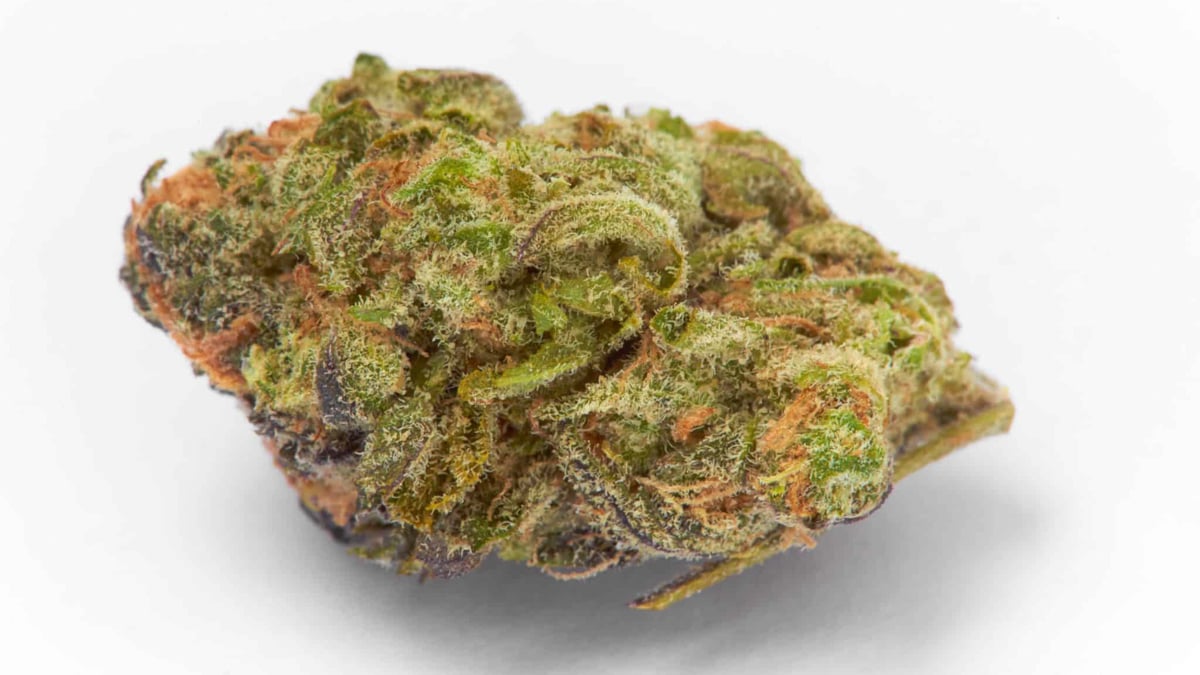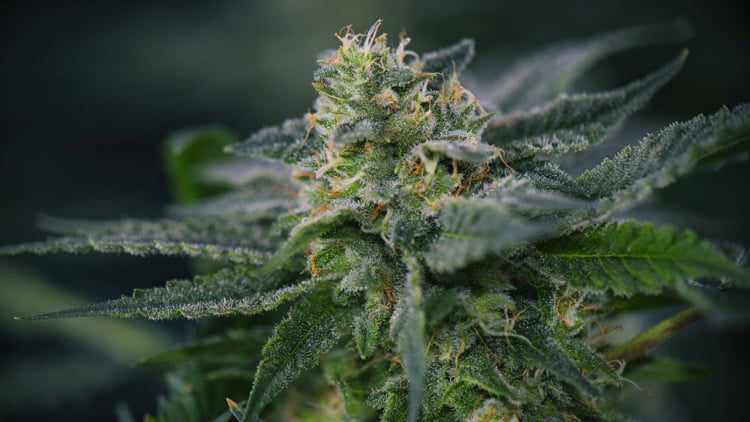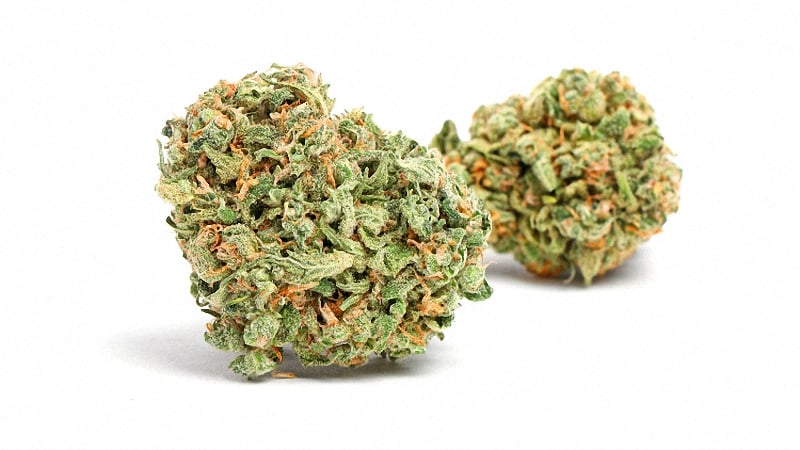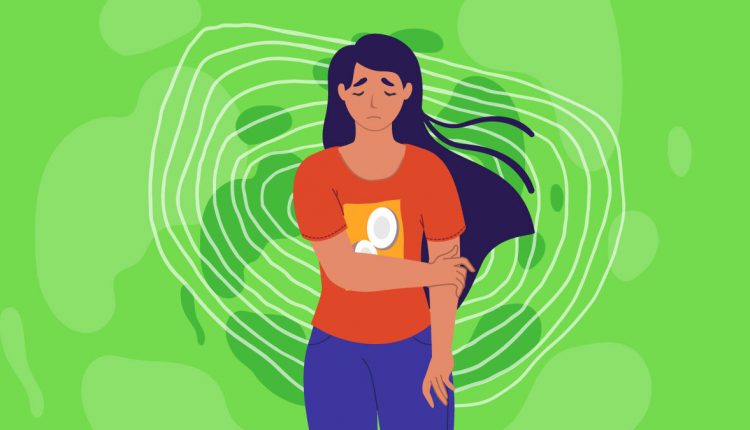It’s hard to be depressed when you’re happy – at least, temporarily happy.
But depression is a clinical diagnosis and a difficult, long-term mental health issue. That means treating it takes a lot more than consuming something that will briefly make you feel happy.
In specific terms, firing up a bowl isn’t “the answer” when you’re depressed. Even strains known for their ability to provide a sense of euphoria and happiness are only briefly masking the symptoms of a serious health problem.
That doesn’t mean that cannabis can’t be an effective treatment for depression. Apparently it can, according to a number of credible research studies done over the last 15 years.
What’s most important, though, is choosing the right strain of weed.
Endocannabinoids?
You don’t hear much talk about endocannabinoids in stoner circles, but they may be the key to unlocking the full potential of marijuana to treat depression.
Endocannabinoids are chemicals naturally produced in the brain, and they affect everything from our behavior and emotions to control our bodies. Scientists believe that stress can disrupt the brain’s ability to produce those crucial chemicals, and a deficit in endocannabinoids can potentially lead to depressive disorders.
As you’ve probably guessed, endocannabinoids are very similar in their makeup to cannabinoids like THC and CBD in pot, and they each bind to the same receptors. So, the thinking goes, smoking weed and ingesting those cannabinoids may help restore the endocannabinoid system to normal, thereby reducing or relieving depression symptoms.
That’s all theory at this point. But it’s backed up by the experience of users.
THC, CBD, Terpenes, and Depression
We’ve already mentioned studies on cannabis and depression. Several animal studies are particularly interesting because they each showed that THC may stimulate the body’s production of serotonin – the same mechanism used by SSRIs like Lexapro and Paxil to fight depression.
The studies reported a downside as well, though: high doses of the THC in cannabis could actually worsen depression. That makes sense since other research studies have already shown that heavy use of cannabis can lead to depression or an increase in its severity. In addition, anecdotal evidence is pretty clear that THC can increase and worsen existing anxiety in some users, even leading to panic attacks.
The takeaway: THC may help with depression, but heavy doses or high THC levels could be problematic.
There are two more interesting research tidbits to mention.
- Studies have shown that CBD could be quite beneficial for the treatment of depression. It’s believed that non-psychoactive CBD may help the brain’s serotonin receptors better respond to the chemical that’s already in the body, and that CBD helps the body reduce stress levels.
- Many of the terpenes that contribute aroma and taste to cannabis also have medicinal properties, and it’s known that several common terpenes like caryophyllene, limonene and linalool are able to help relieve the symptoms of both depression and anxiety.
That gives us a second takeaway: CBD and terpene levels may be as important as THC when marijuana is used to treat depression. That’s probably why many of the strains that work best for the condition have a relatively even balance of THC and CBD and contain those beneficial terpenes as well.
Some THC-heavy strains may make you feel euphoric and less depressed right away, while there are sativas renowned for their “uplifting” personality. Each would seem useful to treat the symptoms of depression. The best choice, however, is a strain with a good balance of cannabinoids.
The Best Strains for Depression
Harlequin

This Sativa-dominant strain is more than balanced; it has a higher ratio of CBD to THC than most weed you’ll find, with THC content rarely above 10%. That means you won’t get much of a high when smoking it, but you will feel noticeable mood improvement and easing of stress (as well as pain relief) without a huge impact on your ability to function, think or work.
Harlequin also contains several terpenes that can ease depression, including caryophyllene and myrcene, making this an ideal strain to treat the condition without the risk of making anxiety worse or inducing effects like paranoia (always a possibility when treating depression with high levels of THC). It’s pleasant to smoke, is unlikely to make you cough, and will leave you feeling better off than when you first packed the bowl.
Cannatonic

Another strain that’s generally a bit higher in CBD than THC, Cannatonic is a 50-50 Sativa/Indica hybrid which provides an overall experience and anti-depression effects quite similar to Harlequin. You’ll feel a decent but mild cerebral buzz from the 10-15% THC, while the moderating CBD allows you to go about your daily business while feeling as if a burden has been lifted, thanks to the noticeable mood boost. This is also a good choice for dealing with chronic pain.
Linalool, myrcene and caryophyllene are among the terpenes found in Cannatonic, which are another reason why the strain is a good choice to deal with the sometimes-disabling symptoms of depression. It’s similar to Harlequin in one other way; the smoke is tasty, smooth and interesting.
Blue Dream

Blue Dream is a moderately-potent THC-heavy strain, unlike the first two we’ve listed. However, it is high in the terpenes limonene and linalool, both known to work well against the symptoms of depressive disorders, and also contains moderating amounts of both CBD and the cannabinoid CBN.
This strain may not be an ideal choice when you have to spend a full day at work, since its initial cerebral high and mood elevation will give way to an extremely relaxed state. It should still leave you less depressed, but your increased focus can become somewhat hazy over time. When you have the evening to enjoy the effects, though, it’s an excellent smoke to help you deal with anxiety, enjoy dinner or do what you have to do at home, and then relax and chill.
As with all THC-heavy strains, be cautious with (or avoid) Blue Dream if you tend toward anxiety.
XJ-13
Here’s another popular Sativa-dominant that contains a heavier concentration of THC than Blue Dream, with very little CBD. But many people use it to help with their depression, because of its strong uplifting effect and the feeling of peacefulness it leaves behind. Terpenes like caryophyllene and limonene don’t hurt, either.
This isn’t the easiest strain to find, but it’s highly-desirable among many users who want to be able to treat their depression symptoms (as well as other types of pain) and let them work creatively, productively and clear-mindedly through the day. The usual caution regarding THC and anxiety applies here.
Sour Tsunami
Those who are dealing with a combination of depression and anxiety would be well-served to give Sour Tsunami a try. It contains higher CBD than THC levels; in fact, some samples have 30% CBD compared to about 10% THC, along with terpenes that can help depression such as caryophyllene and myrcene. Anyone who has problems with THC because it worsens their anxiety will do much better with this high-CBD strain.
There’s an extremely mild high (if you notice it at all), but the feelings of relaxation and happiness are obvious and almost immediate. Sour Tsunami is known for its pain-reducing abilities, but those who’ve tried it for depression say it’s very effective for that purpose as well.
